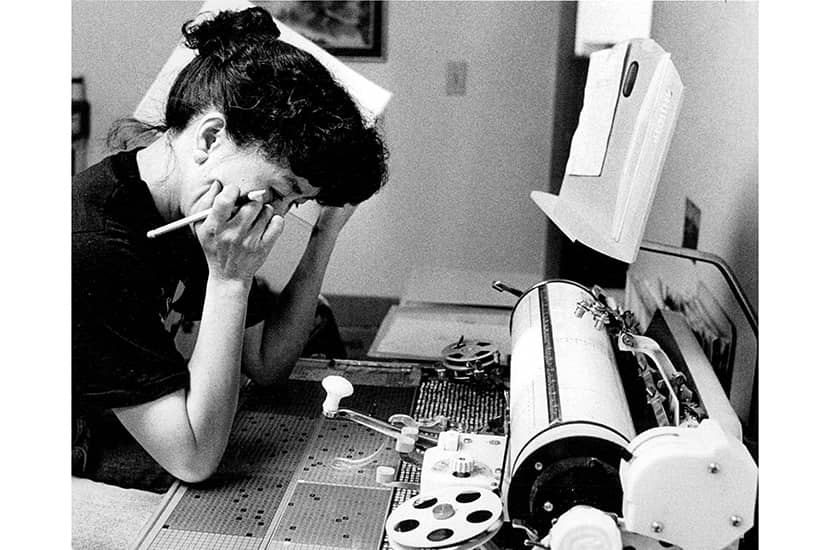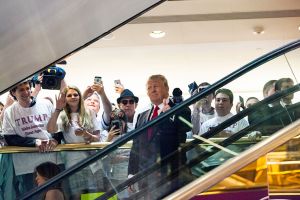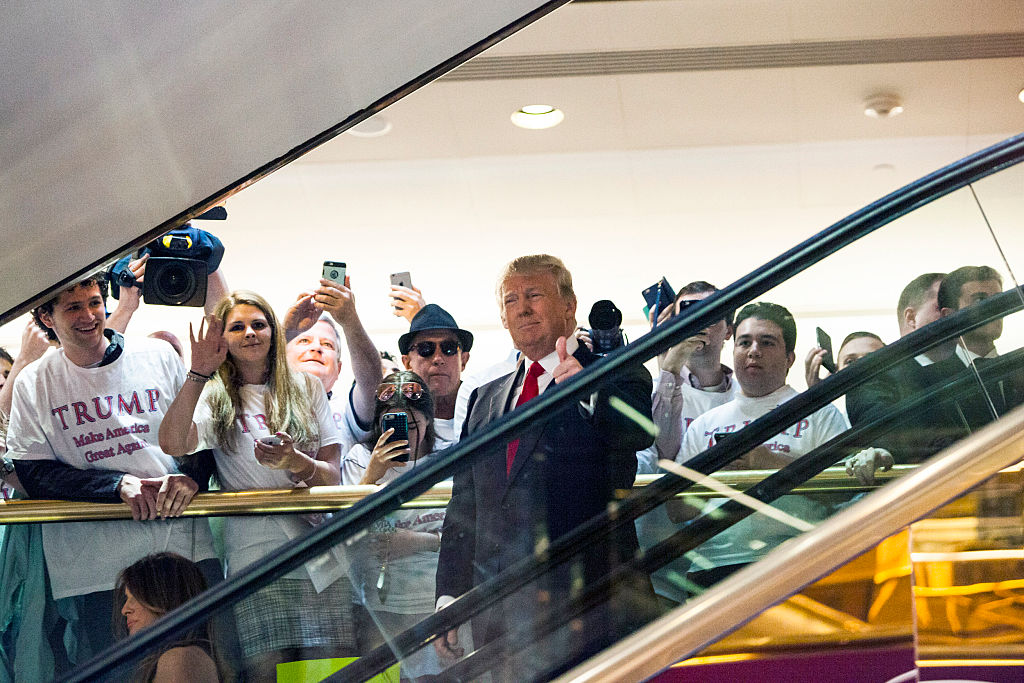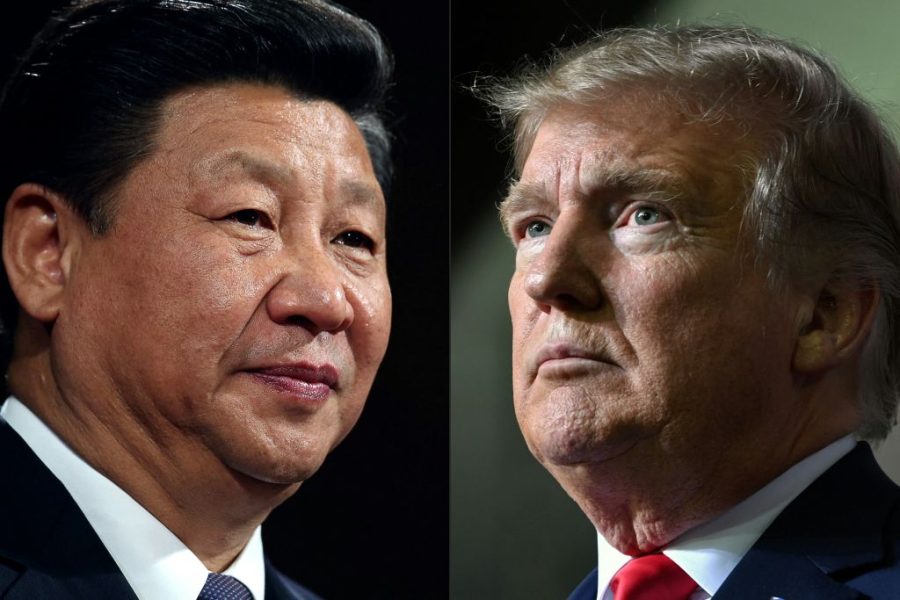Any student of Chinese will sympathize with the seventeenth-century Jesuit priest Fr Emeric Langlois de Chavagnac when he wrote: “One can only endure the pain of learning it for the love of God.” With its convoluted characters, subtle tones and numerous homonyms, it can seem as though the language just doesn’t want to be learned. Jing Tsu’s Kingdom of Characters starts from the premise that this is not merely a problem for foreigners: for millennia, the Chinese themselves have been confounded by it.
At the beginning of the last century, the literacy rate in China was only 30 percent for men and 2 percent for women. Those without the means to study had little chance of grasping the idiosyncratic script. Written Chinese has tens of thousands of characters — standalone ideographs that are not alphabetic or phonetic, and often look maddeningly similar. Books were mainly written in archaic classical Chinese rather than the vernacular. “The educated elite and the masses thus inhabit two entirely separate worlds,” the late Qing reformer Wang Zhao wrote.
Spoken Chinese came with its own problems: homonyms abound and can only be distinguished by particular tones (four for Mandarin and nine for Cantonese). A vast number of regional dialects meant that people from different corners of China struggled to understand each other — a particular difficulty for the Qing army when drawing national reinforcements in the Opium Wars.
The problem was not an abstract one. Fr Chavagnac was among the first Europeans to venture to China, arriving in Guangzhou in 1701. He’d be followed by traders, envoys and armies over the next three centuries. Much has been written about how and why the empire crumbled so easily and slipped into decades of national humiliation. Agitators such as Wang Zhao blamed the language. How could an illiterate nation barely capable of communicating internally possibly stand up to the military and scientific forces of foreign imperialism? Kingdom of Characters is an authoritative account of the linguists, scientists and politicians whose mission it was to simplify and adapt Chinese.
As western technology began to dominate, Chinese was even threatened with extinction. Be it telegraphy, typewriters or computing, the systems of modern communication were designed with western languages in mind. The chief problem with Chinese was its lack of an alphabet. How could a typewriter spit out thousands of individual characters when western models required just twenty-six letters, plus numbers and punctuation? How could telegraphs be sent in Chinese when the underpinning cipher— Morse code — was expressed only in letters and numbers? These were intractable problems, and without adapting Chinese to each technological era, the nation stood little chance of keeping up with the modern world.
The genius of the men who set about solving these problems after the Second Opium War (and they were all men) provides a welcome corrective to the notion that the Chinese are uncreative. Some of their methods were nothing short of revolutionary. By 1955, a national dialect had been formed to overcome regional disparities (received pronunciation was much needed: an early homogenization attempt saw violence erupt when one linguist thought another had called him a son of a bitch when in fact he’d been talking about rickshaws).
By the 1980s, thousands of over-complicated traditional characters had been pared down to create “simplified Chinese.” It was a process that could only be seen through by the zealous Chinese Communist Party (their predecessors, the Nationalists, had failed to overcome opposition from cultural conservatives when they’d tried decades earlier). Here, Tsu is refreshingly even-handed in giving credit where it’s due: “Mao’s cultural workers brought literacy to every man, woman and child.” More accurately, by that decade two thirds of adults could read and write, and by 2018 the general literacy rate was around 90 percent.
You don’t need to know Chinese, or about typewriters or Morse code, to enjoy this book, but it would help. Tsu makes an impressive stab at writing for the uninitiated. Explaining one librarian’s innovative idea of indexing Chinese script by shape, she compares the method to classing round letters together (C, G, Q, O) instead of from A to Z. But for readers with no repertoire of Chinese characters to draw on, would talk of mixing and matching “radicals” (a special type of component in characters) or of the geometric categorization of characters make much sense? And in the more technical chapters, sentences such as “He was able to achieve the final step of restoring a character from compressed vector data form to a printable bitmap” went over this reviewer’s head.
Nevertheless, Tsu has delivered a well-told story about those who created modern China not through the barrel of a gun or a little red book but through dictionaries, libraries and printing presses. As the Chinese say, heroes are born out of turbulent times, and what China has undergone has been nothing if not turbulent.
This article was originally published in The Spectator’s UK magazine. Subscribe to the World edition here.

























